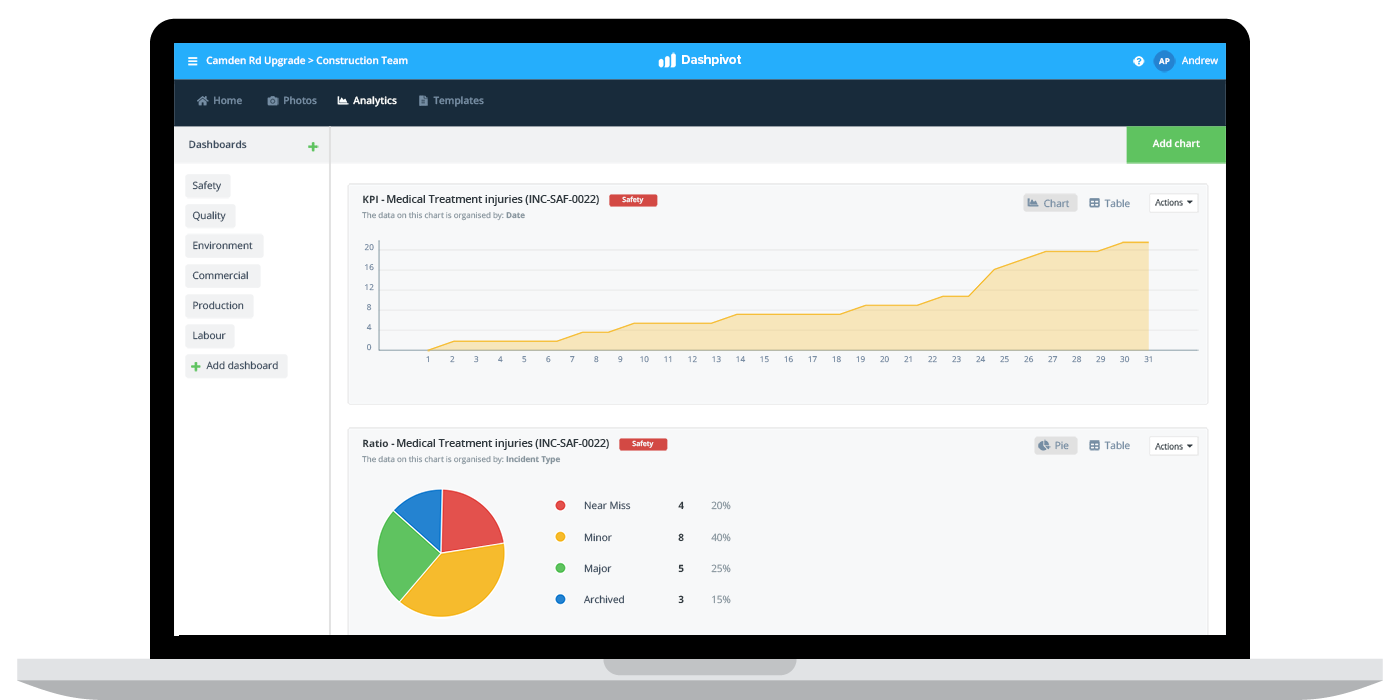Safety – Lost time injury calculation

LTIFR Calculation: Here's how to calculate and use LTIFR
LTIFR calculation formula
The formula for calculating lost time injury frequency rate is the number of lost time injuries multiplied by 1,000,000, divided by the employee total hours worked.

As you can see, there are just three parts of the LTIFR formula, two of which need to be reconciled on your end, and then the 1,000,000 figure which remains the same across all LTIFR calculations and is used to standardise the LTIRF 'score' into per million hours worked.
In terms of what constitutes a lost time injury, a lost time injury is any injury which results in a fatality, permanent disability or time lost from work (must be at least 24 hours, one day or one shift).
LTIFR calculation examples
Almost all companies today - especially those in heavy industries where safety has been a concern - calculate their safety key performance indicators on a regular basis.
These calculations have become important for internal purposes, and have become increasingly important for external purposes too, with authorities and other stakeholders using the indicators as a tool for making important decisions themselves.
Below is an LTIFR calculation example which helps to illustrate exactly what an LTIFR calculation does look like.
In this example, the company calculating their LTIFR has these numbers:
- 10 lost time injuries
- 500,000 hours worked on the project
From these two numbers, which would have been documented and collected during the phase of works, the company can calculate their LTIFR:
(10 lost time injuries x 1,000,000) / 500,000 = 20 lost time injuries per million hours worked
You can see some LTIFR industry averages here.
Calculating your lost time injury frequency rate
Obviously you need to use the above LTIFR calculation formula to calculate LTIFR properly, but the tool you use for calculating your lost time injury rate is up to you - and can have a big impact on the amount of time and effort required to get these safety metrics into a safety scorecard or other useful format.
Some companies still use paper log forms and other sheets, and then reconcile the data before placing it into a calculator.
Other companies rely on updating a tracking spreadsheet with data from the field at regular intervals.
And some companies leave the heavy lifting to real-time safety softwares which aggregate all of this safety data in real-time until it needs to be calculated.

Using your safety calculation results effectively
Calculating LTIFR isn't supposed to be the last step in the process. In fact, it's about the second step of the process after tracking and compiling the individual results.
The idea behind any measurement - and the purpose of measuring - is to understand how you are performing and make well-informed decisions about how to improve.
Once you have your LTIFR score, you, management or your safety teams will want to use that information along with other leading and lagging indicators to create actions and next steps for making positive change.
A bad lost time injury rate might expedite the corrective actions or require some additional resources or external help, but a good result should also create further analysis and action.
If specific projects or teams are performing particularly well and keeping that score low, then you will want to pull high performing or positive safety culture elements from the site to other sites.
There should be a constant learning process and cross-pollination of positive safety behaviours, as well as the intentions to rectify the bad ones.
People in 100+ countries use this safety management system to improve how they track and calculate safety KPIs.
